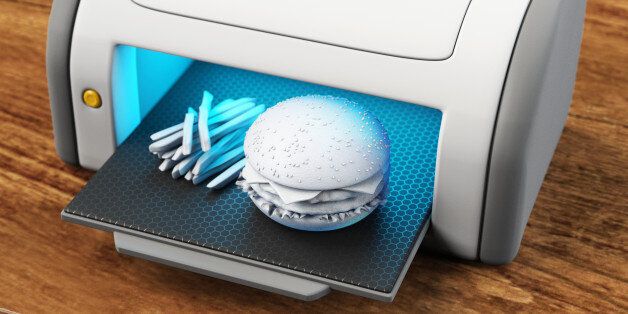
Imagine a world where everything is printable: a world void of lack. This may seem impossible but with recent advancements in 3D technology, there's a chance we could get there someday. The concept of 3D printing isn't particularly new; it's been around since the 1980s. Many thought it was one of those flash-in-the-pan innovations that'd fizzle out after the initial hype.
It did seem like that at some point especially due to its high cost of practicality that placed it on pedestal. However, technological advancements have made it of relatively low cost - and more feasible.
Industry enthusiasts are engaging in strong conversations about the future of 3D printing in comparison to the more conversant traditional manufacturing. The one question on everyone's lips is "Can 3D printing replace traditional manufacturing?"
Here are 4 ways 3D printing may render traditional manufacturing obsolete.
1. Waste prevention
Wastage is a nightmare for most organizations that are into traditional manufacturing. In some cases, wasted resources constitute more than what make the final output, and this could lead to great loss. This manufacturing challenge is almost non-existent in 3D printing; the only materials used are those that go through the extruder, and make up the finished product. None used materials are saved for subsequent production.
Unlike traditional manufacturing where manufacturers are compelled to overproduce for a variety of reasons, resulting to waste in the long run, 3D printing allows you to produce just the right quantity needed without any loss.
2. Easy prototype production
Sketching complex designs for manufacturing can be a daunting process. Despite the work put in, it's almost impossible to get perfection. The endless re-work and evaluation sap your strength, leaving you with little or no enthusiasm to proceed.
Designs are now being shaped into conceived exact forms faster than ever with affordable laser cutting machinery. 3D printing has the flexibility that allows you to jump into production mode almost immediately due to already assembled designs in the computer system. Working with a new design is just as fast as the design can be modeled with specialized computer programs, and transferred to the system for production. This is a life-saver in comparison to the time spent and magnitude of work put into retooling the production machine in traditional manufacturing. There's a limited number of prototypes that can be manufactured at a time.
3. Seamless production
The impact of time is felt greatly in production; a few seconds can make a huge difference either positively or negatively. There are different procedures linked together to make up the production chain. A successful transition from one phase to another ensures efficiency. This is obtainable with 3D printing as the whole process is automated without rigorous manual input as in the case of traditional manufacturing.
Having picked the material, at the press of the "print" button, the item is materialized into the finished product(s) in a seamless process. There are little or no chances of hazards. Advanced 3D technologies prompt the printer to automatically stop in the event of a malfunctioning to avoid production hazards.
4. Mass customization
Producing customized goods according to individual personalization was hitherto restricted to just a few numbers. But with 3D production, customized designs can be printed in large quantities at no extra cost.
The ability to bring ideas to life is a booster in the production industry. More often than not, achieving exactness of such ideas is restricted by limitations in traditional manufacturing. Since 3D printing creates one layer at a time, adding layer upon layer through additive manufacturing to make the whole body, both easy and complex designs can be produced. You need to outline the data to be collected, enter the variance into the computer system and specify the quantity to be printed.
In a digitally driven society, it comes as no surprise that the shake-up caused by 3D technology to the traditional norm is a welcome development. If the 3D Printing Market - Global Forecast to 2022 reports are anything to go by, then 3D technology is a goldmine that deserves all the attention it's getting and even more.
